If you want to see a hunter work hard, just give him or her access to a prime new piece of hunting land in a big buck region. You’ll witness countless hours of tree stand work, trail camera deployment, and scribbles of promising habitat and land management plans saved into their favorite hunting app. Whether you purchased it, leased it, or gained access to it—hunting new digs is fun, yet intimidating.
Set aside the hype and expectations for a new property for just a second because there are a few major mistakes that can happen when gaining access to new ground. A major part of owning or gaining access to new hunting land is managing goals and expectations. You need to tackle some dirty work on that new piece of land but also stay grounded and not move too fast on drastic changes that could negatively affect the property for years to come. Here are some common mistakes I see and hear about hunters making when hunting a new property.
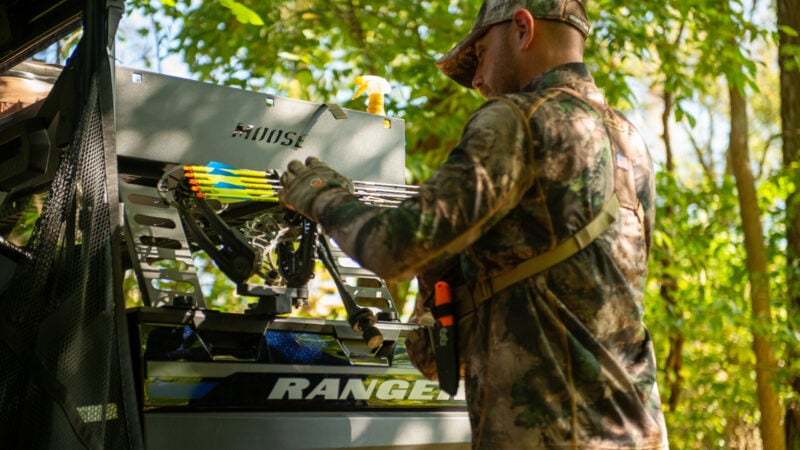
1. Not Meeting the Neighbors
After gaining access to a new property, of course you’re going to walk around and smile at the possibilities the future may hold on this new land. A close second on the priority list is contacting neighboring landowners before you hang a prime rut tree stand sixty yards from the property line.
Meeting neighboring landowners can be accomplished in a few different ways. If the neighboring landowners live on their land, you may as well drop on by and introduce yourself. If they don’t live at the property, the non-aggressive approach would be to hold off and see if you can drop by one of their vehicles or swing by their hunting camp during the season. Looking them up online or via social media and contacting them right away might be a little aggressive, but it’s a decision you need to gauge.
During your initial chat with neighbors, there is zero need to ask probing questions about what deer they shoot or how they hunt. Simply introduce yourself, mention that you hunt and would like to make sure it is fine to track animals across fence lines. You need to check that box. Reciprocate and let them know it is fine for them to track on your land as well. Before leaving, ask for their number and hit them with the classic “Well if you guys ever need anything give me a holler,” line. It will go a long way.
2. Not Running Enough Trail Cameras
Word of mouth might tell you what caliber of deer are running around, but you still need to figure this place out. Deploy trail cameras immediately, and a lot of them. Cellular, non-cellular, you name it. Get those cameras out and start collecting data any way possible. Cellular cameras are a game-changer and will clue you into where deer move during certain weather patterns. The near-real time information from cellular cameras is worth it.
I’ve seen a lot of comments and blanket statements about the suggested number of cameras per acre. I hear anywhere from one camera per 20 acres and so on. Garbage. Get as many cameras out as you can and start building a foundation of movement knowledge on this new property. You don’t know anything about it, so you need information right now. Personally, I would never want less than 10-12 trail cameras on 60 acres or less.
I enjoy boots on the ground scouting as much as the next guy or gal, but let’s be honest in admitting trail cameras help a lot. If you have the budget to lease or purchase land, don’t cheap out on trail cameras. Set aside funds and load it up with trail cameras.
Need more trail cameras? Check out the article New Trail Cams for 2024
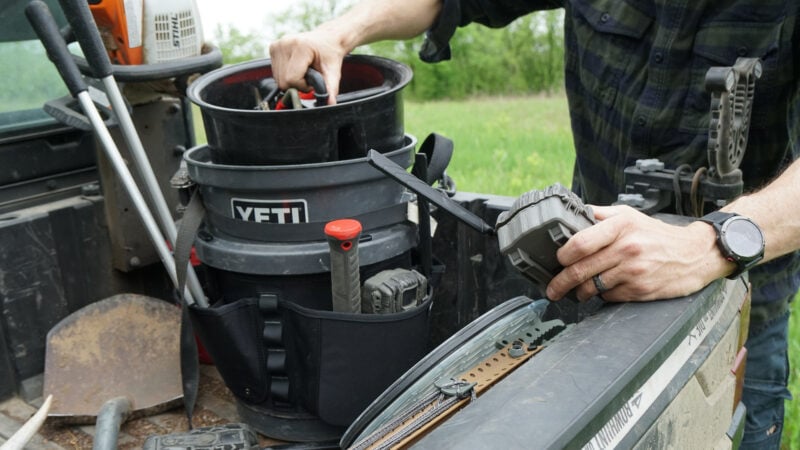
3. Making Drastic Changes to Your Property
Ok. So, you just bought a place, gained access, or started leasing. You met the neighbors, deployed trail cameras, and now you’re itching to turn soil or manage some timber. Hold tight! Before you go clearing 2 acres of trees and brush, make sure you’ve considered the long-term ramifications of removing trees or doing any sort of habitat change that will affect hunting.
Removing mature trees is a 60-year decision, if not longer. You had better make sure you know your trees and understand what you are doing. Removing the obvious invasive plants or shrubs to clear a food plot is one thing, but felling valuable timber or rare tree species is a drastic decision you need to carefully consider and should consult with experts before cutting.
After just gaining access to a new property, I might give things a year or two and observe natural deer movement before making a monumental change to the land. The benefit of waiting is that you might be able to compliment natural deer movement by adding a habitat improvement like a waterhole or food plot in an area you saw deer frequenting already. Haphazardly inserting a food plot or habitat improvement into an area where you haven’t confirmed deer to be moving is no more than a guess and could alter natural movement before you even had a chance to witness it.
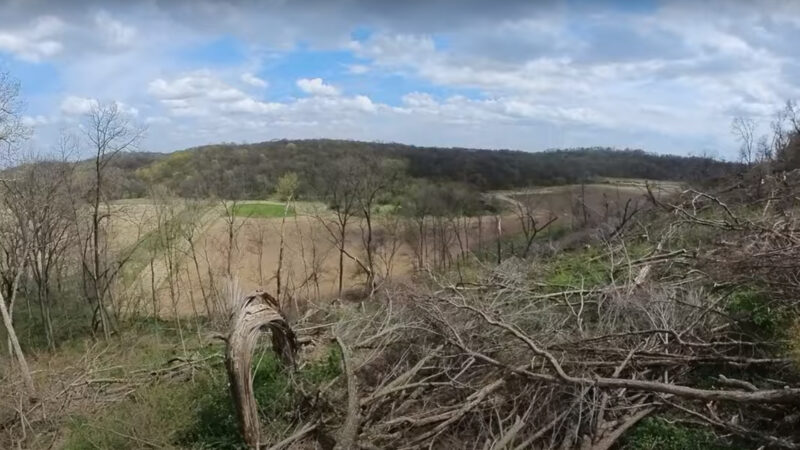
4. Not Scouting Enough
I just got done preaching on the importance of trail cameras, but you cannot rely on them for all your information. You need to do some walking on this new property, preferably in the spring months. Trails, scrapes and bedding areas appear just as they did in November during the months of February and March. That is your best time to put in some dirty work scouting.
In season scouting should be handled a little different. If you just gained access to this new hunting spot, pick a drizzly rainy afternoon, or go scout the day before a rain and speed walk most of the property. It will take you a few hours or so to get the lay of the land, but you can stash away some great information for late October or early November sits. As you walk, pay attention to the wind, and relate it to potential stand set ups. Get in there, mark waypoints or hang a quick tree stand, and get out. A quick scouting trip could provide you with that little piece of information you would’ve otherwise missed had you not scouted. A little intrusion to gain a lot of information will be worth it in most cases.
Read this article: 7 Deer Scouting Moves You Should Make This Summer
5. Hunting Too Much
Your cameras are out, a few hang-on sets have been placed and you’ve given things ten days or so since you scouted the property in-person. The days are getting shorter and you’re antsy to go hunting on a consistent basis. But don’t fall for the temptation to hunt day after day before things get hot in the woods.
Hunting too much on this new property could spell trouble well before prime time arrives in the deer woods. If you have a buck consistently moving in daylight and you have access and wind in your favor, go after him. But if cameras are still slow and the few observational sits you’ve done haven’t yielded much—you could be better off waiting until a late October cold front.
I know very few hunters (but there are a few) that hunt too little when they should be more aggressive. Usually, hunters are over-aggressive and crash the party well before the flood gates to the rut swing wide open.
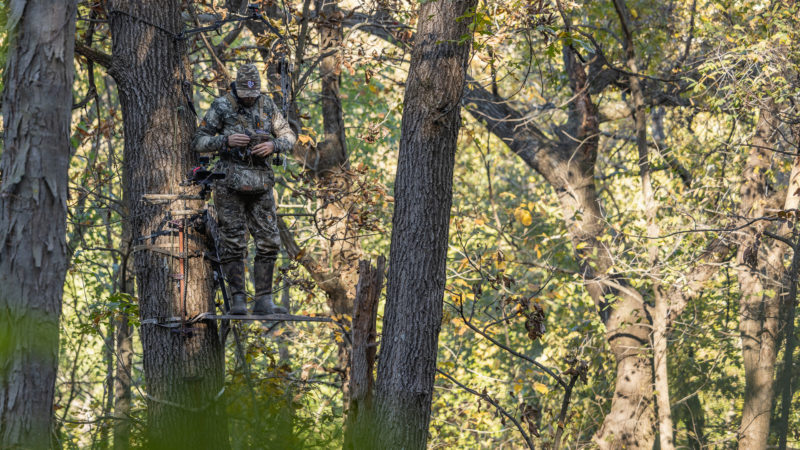
6. Shooting Too Many Deer
The title for this section could also be called “shooting too many deer at the wrong time.” Before going wild harvesting does and inviting guests to hunt with you, I would give it a year and gauge herd numbers before filling your freezer and everyone else’s. On your new property, I wouldn’t go shooting does early season and risk altering bucks’ patterns during the first year. If you notice a lot of does, I would wait until late season and take care of doe harvests at that time.
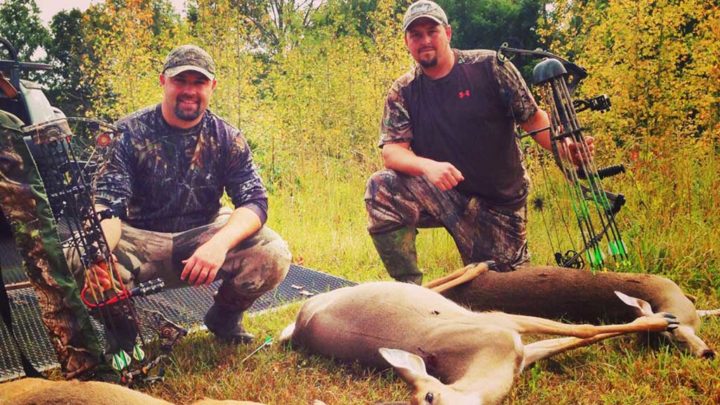
7. Enrolling in Government Programs Right Away
Programs like the Managed Forest Law, Wetland Reserve Program, and Conservation Reserve Program can be great programs and will give landowners a tax break or even yearly payments. However, once you sign that contract you can be locked in for a decade or more depending on the program.
After purchasing or gaining access to a new property, I would wait at least two years and be sure of my decision to enroll the land into a government program. They can be great for the right situation and landowner goals, but these programs can also hold you back and not allow certain improvements to the land.
Have you gained access to new ground lately? What were some of the first things you did? Comment below, and let us know.
Watch the video below on how Todd Graf started the process of handling his new farm.

 By
By 



